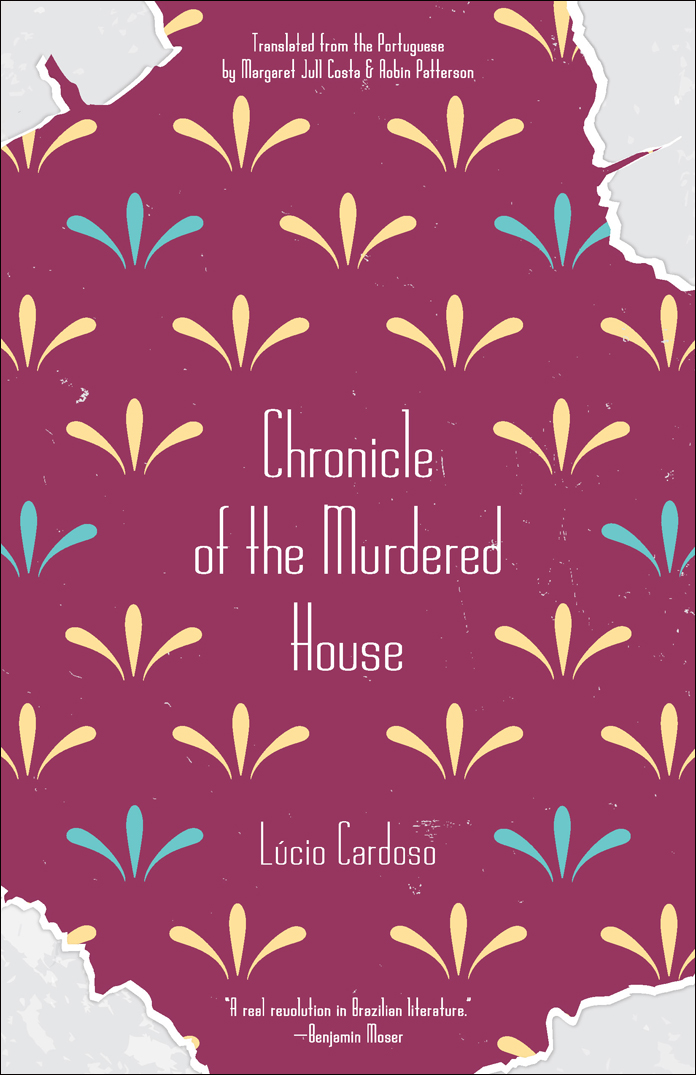
Chronicle of the Murdered House
کتاب های مرتبط
- اطلاعات
- نقد و بررسی
- دیدگاه کاربران
نقد و بررسی

October 10, 2016
A gothic classic of Brazilian literature making its English language debut, Cardoso’s novel is the story of the Menses family, whose desperate existence in a decaying backwater estate is disrupted when youngest son Valdo returns home from Rio with a young bride, the passionate and impulsive Nina. The new mistress of the house becomes a pawn in the simmering rivalry among the Menses brothers—Valdo, cross-dressing recluse Timoteo, and the icy elder Demetrio, who longs only for his ancestral house to be graced by a visit from the local baron—and a subject of gossip for the townspeople, whose letters back and forth form the bulk of the novel. There’s the doctor who examines Valdo after a supposed suicide attempt, maid Betty who is taken into Timoteo’s confidence, and the priest who receives the confessions of Demetrio’s jealous wife, Ana, regarding the
suspicious death of the Menses’ gardener. But these concerns are nothing compared to the tragedy that follows Nina’s incestuous affair with Andre, her tortured son, who alone cares for her during a long convalescence. A foreword by Benjamin Moser focuses more on Cardoso’s status as a gay writer and the novel’s influence on fellow Brazilian writer Clarice Lispector than the novel itself. Perhaps this is because, despite all its intrigues, the book reads today as a bloated melodrama whose considerable ambiance is sapped by the monotony of its story line, punctuated by characters (cadaverous brother, snooping maid) that are little more than monster-movie grotesques.

February 1, 2017
As a child, Brazilian literary giant Cardoso (1912-68) was obsessed with movie stars, played with dolls, and refused to go to school. As a writer he was prolific in several genres, including experimental theater. And in fiction, he abandoned the dominant regionalism for subjective introspection. This novel, published in 1959 and only now available in English, is the Faulknerian saga of a decaying patriarchal family in the southeastern state of Minas Gerais. One of the chief characters, Timoteo, is the family's obese, cross-dressing black sheep who confounds the traditional order of the sad backwater estate. With unconventional sexuality and insanity, the story of a family's disintegration is conveyed by various confessions and diary entries and is triggered by the marriage of Timoteo's younger brother. Valdo marries outsider Nina, a lively and unpredictable young woman from Rio who turns the dimly lit ancestral mansion upside down with her complaints about the servants, the weather, and the house itself. In Benjamin Moser's introduction, much is made of Timoteo's gayness, as if the gothic melodrama itself is not the primary draw for a modern American reading public. VERDICT Recommended for lovers of gothic, gay gothic, and Brazilian fiction generally.--Jack Shreve, Chicago
Copyright 2017 Library Journal, LLC Used with permission.

























دیدگاه کاربران